ChatGPT is an AI-based platform that offers users the ability to quickly generate complex, unique responses to queries.
While its proposed function may appear too good to be true for many individuals who are wary of plagiarism, developers at OpenAI have voiced their confidence in ChatGPT’s innate abilities – and can confidently assert that it does not indeed engage in copying text from other sources.
In this blog post, we will examine whether or not Chat GPT truly can produce original content without fear of being detected as having copied other sources – and what advice should be taken by those using the platform about ensuring honest writing practices.
Table of contents
- Key Takeaways
- Chat GPT and Plagiarism
- Is Chat GPT Plagiarism-Free?
- Ensuring Ethical Use of Chat GPT
- Conclusion
- FAQs
- What is Chat GPT?
- Can Chat GPT copy or plagiarize someone else’s work?
- Is using AI tools like ChatGPT considered plagiarism?
- How can I prevent my AI-generated content from being accused of plagiarizing?
- Does Turnitin detect AI writing tools such as ChatGPT when checking for plagiarism?
- When should I use a Plagiarism Checker when reviewing content made with AI Tools like Chatgpt?
Despite claims by experts at OpenAI, people may remain uncertain about how well the tool performs when producing content.
Across industries such as education and publishing it is important to create work that is both accurate and ethically published – leaving open questions about how effectively Chat GPT accomplishes both tasks.
To address these potential doubts surrounding Artificial Intelligence (AI) driven platforms like ChatGPT, a thorough evaluation must take place of current tools available for detecting plagiarism on chatbot written texts.
Additionally, insights into industry best practices for the ethical use of such materials are necessary.
These insights prove invaluable as data points are essential for understanding the overall trustworthiness of AI-generated work moving forward.
Key Takeaways
- Plagiarism is the unethical practice of claiming and presenting another person’s ideas or work as one’s own intentionally or unintentionally.
- Chat GPT uses machine learning and natural language processing algorithms to generate original content without copying text from other sources directly.
- Users should run Chat GPT-generated content through an AI content checker before publishing it to ensure accuracy and avoid potential issues such as plagiarism down the line.
- Specialized software, such as Grammarly’s plagiarism checker, can be used to detect similarities between texts to spot any incidents of plagiarism in ChatGPT-generated content
Related article: Can Turnitin Detect Chat GPT? The AI Detection Battle!
Chat GPT and Plagiarism
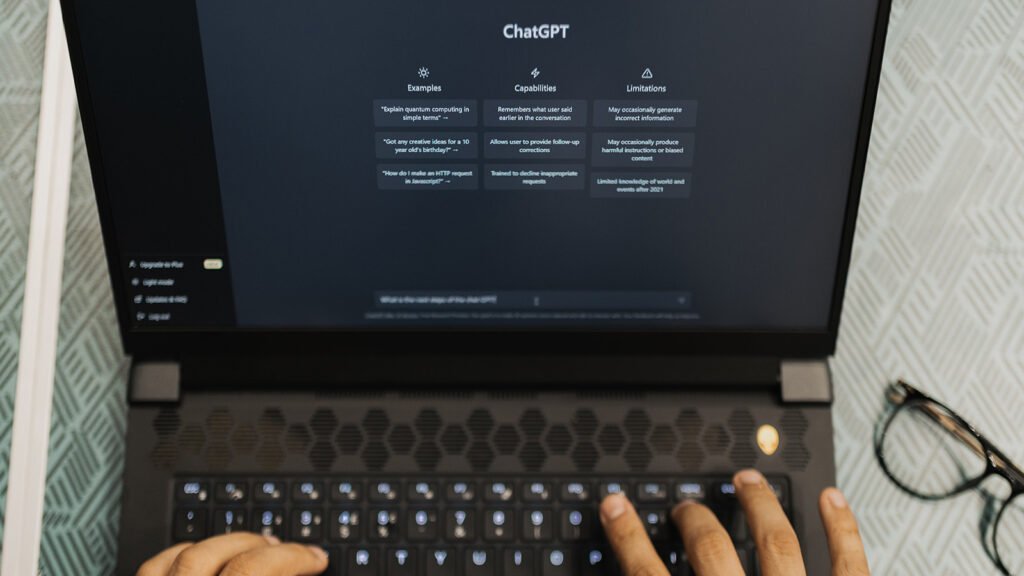
Chat GPT uses machine learning and natural language processing algorithms to generate content, making it potentially vulnerable to plagiarism.
What is plagiarism?
Plagiarism is the unethical practice of claiming and presenting another person’s ideas or work as one’s own. It can be intentional, such as when someone passes off another’s work without citation or acknowledgment, or inadvertent when someone simply fails to give credit where due.
In both cases, plagiarism involves misrepresenting a creator’s contribution to a piece of work by falsely indicating that the words are their own.
There are two main types of plagiarism: direct copying and indirect borrowing. Directly copying includes taking entire blocks of text from someone else’s writing and passing it off as your work.
Indirect borrowing may include altering another’s words within sentences while still using portions of text closely associated with an original author without giving them attribution for it.
Both violate copyright laws and often lead to legal ramifications if detected improperly used in any form of published content either online or print media publications.
Related article: What Does GPT Stand For In Chat GPT? Explained!
How does Chat GPT generate content?
Chat GPT is a language model that has been trained on a vast corpus of text, including news articles, academic research, and other sources. The training data it ingests helps it to understand the structure and composition of natural language, which it then uses to generate original content.
Using its AI algorithms, Chat GPT takes input from users in natural language form – typically through conversational interfaces like chatbots – transforms this into its internal mathematical representation called an embedding vector, and then generates responses based on the encoded context.
This allows ChatGPT to produce relevant output regardless of the user’s starting point or topic.
It mimics how humans think: taking something they have heard before but combining elements or creating connections to create new ideas all their own.
Similarly, ChatGPT combines components of sentences ingested during the training process.
This amalgamation is aimed at generating unrehearsed responses that accurately reflect a deeper understanding of conversation topics.
It achieves this with minimal reference errors, exceeding what was previously possible.
How is plagiarism detected in Chat GPT content?
Plagiarism detection applies to any type of content, including those generated by Chat GPT. Plagiarism can be detected through manual assessment or with the help of specialized software that is specifically designed to detect it.
Such tools examine the language, context, and structure of a text to compare it against existing online content. Additionally, they take into account the syntactic features, such as sentence length and specific words used, when looking for similarities between texts.
If language checkers flag any significant similarity between two bodies of text then both will need to be further evaluated to determine if plagiarism has occurred. This evaluation includes checking their sources and references too; for example, if an AI-generated article includes quotes from another work without giving proper attribution, then this would constitute a case of plagiarized content produced by ChatGPT.
Related article: What is Chat GPT API? Beginner Friendly Guide!
Can Chat GPT be plagiarized?
The short answer is no, ChatGPT cannot be directly plagiarized. OpenAI’s developers designed the tool to generate original responses that do not have any textual similarities to existing sources.
Despite its ability to provide answers that seem as if they were written by humans, the content generated by ChatGPT is based on an artificial intelligence language model trained with millions of conversational samples.
Because of this, while it may re-use phrases from other sources in a common language, ChatGPT does not generate exact replicas and can therefore not be considered plagiarism.
Although tools such as Turnitin exist for detecting plagiarism involving human content creation and writers, such systems are far less effective when it comes to AI-generated text or copy-and-paste activities within the same writer’s work—neither of which constitutes true academic misconduct when using Chatgpt.
Related article: Top 7 Chat GPT Alternatives That Will Increase Your Productivity
Is Chat GPT Plagiarism-Free?
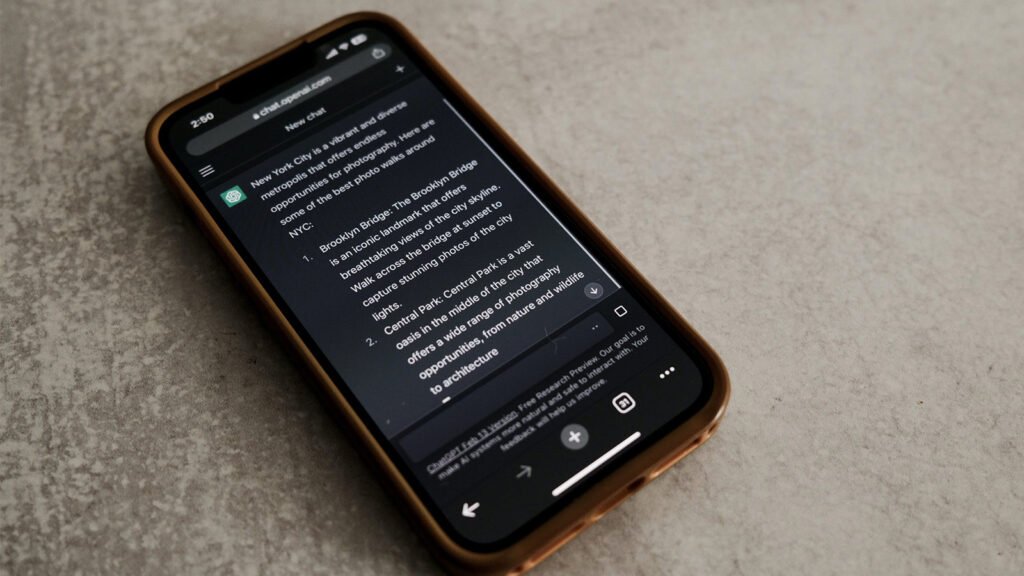
An examination of expert opinion and OpenAI’s statements on this topic sheds light on the plagiarism-detecting capabilities of Chat GPT. Read further to find out more!
Expert opinions and statements from OpenAI
OpenAI, the team behind ChatGPT, has publicly stated that their technology is not intended for plagiarism. OpenAI acknowledges that GPT-generated content can resemble existing works and may appear to be plagiarized.
However, they adamantly argue it’s a false accusation as there are many notable differences in the operation of AI language models and traditional plagiarism like copy-pasting other’s work.
OpenAI states that its ChatGPT model combines elements from large volumes of existing text data with experience learned across dozens of thousands of hours when being trained on prompts input by humans.
As a result, it creates unique combinations of words or sentences while also making inferences about conversation topics which yields outputs similar to others’ texts — but not exact duplicates — due to its generative nature.
Limitations and Potential Faults of Chat GPT
Chat GPT, like any other artificial intelligence (AI) tool, can produce content that may be considered as plagiarized or inaccurate. It has certain limitations and potential faults which need to be addressed when using this AI technology.
OpenAI admits that “all language models can generate results similar to existing content”. This means Chat GPT is likely to eventually offer repeating word sequences found in other sources due to its high level of training on a vast corpus of text data.
Additionally, it is not designed for producing 100% original work – so relying solely on this tool for generating one’s own unique written communication pieces should always involve additional review by humans before publishing online; ensuring that no accidental duplicate phrases slip through the grammar checking or comparison system algorithms employed along with it.
Related article: Who Owns Chat GPT And OpenAI? The Story Of AI Success!
Ensuring Ethical Use of Chat GPT
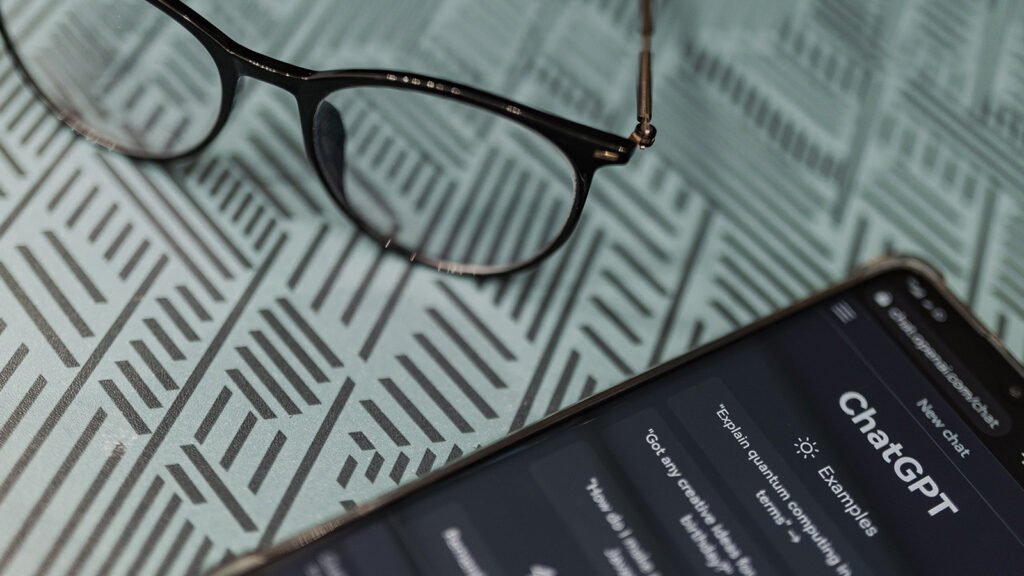
Taking the proper steps to ensure that content generated by Chat GPT is ethical and accurate can help protect against any potential misuse or plagiarism. Read on to find out how!
Tips for overseeing bodies
- Adopt a standardized curriculum to guide training and development of Chat GPT models. This will ensure that all generated content is accurate and up-to-date with best practice standards.
- Establish checks and balances to monitor the quality of outputs from Chat GPT models, as well as any plagiarism detections in use by institutions or organizations.
- Educate staff regularly on the proper usage of AI-driven tools, together with policies governing their application for ethical considerations towards plagiarism prevention efforts such as Turnitin and Grammarly’s Plagiarism Detection Software System (PDSS).
- Implement technical measures such as file or website blocking to help thwart malicious attempts at copying third-party material into submissions produced using these technologies..
- Make use of existing platforms offered by companies like Microsoft Azure that offer text analytics solutions that can analyze written materials for potential copyright infringement cases and illicit paraphrasing activities among others.
6• Participate in global conversations about the responsible development, implementation, and oversight of AI technologies like Chat GPT while emphasizing leading principles such as honesty, integrity, responsibility, and accountability through active dialogue within relevant stakeholder communities.
Guidelines for content creators
- Adopt a thorough process of verifying content created with the help of ChatGPT by examining it closely and using plagiarism checkers to ensure its originality.
- Follow ethical guidelines for proper attribution when incorporating AI-generated content in materials – this should include attributing the source, as well as the creators or machines that generated the output.
- Review all written material for accuracy before publishing or distributing it – any factual errors should be corrected or clarified as soon as possible – ChatGPT could provide suggestions on corrections but not always accurate ones which must be verified manually.
- Carefully consider the context when utilizing ChatGPT’s outputs to craft sentences and phrases to ensure they represent what you intend to communicate correctly and accurately without misleading readers in any way.
- Provide a disclaimer letting users know that content was partly generated by an automated language model such as ChatGPT whenever applicable– it is important to make sure any generated words are added carefully so there aren’t misinterpretations about them being edited out from human writers.
- Avoid copy-pasting sections of text generated by chatbot into your writing projects since there are chances of unintentional plagiarism if no reference is given back to a source who wrote these contents – suggest reading other sources thoroughly and writing their opinion through own words while referring back properly giving due credit.
- It’s important to always give credit when using information from other websites. Copying content without proper citation can lead to misunderstandings or confusion for readers and might even cause legal issues in serious cases. Spend time making sure you’re using information correctly and giving credit where it’s due. This helps avoid misinterpretations and improves the quality of your work. People looking for answers rely on accurate information, so it’s essential to reference existing resources properly. Keeping your content updated and using available editing tools helps maintain quality and reliability in the long run.
Related article: ChatGPT Jailbreak Prompts Ultimate Guide 2023
Conclusion
The ChatGPT language model can generate completely original content according to OpenAI and thus does not directly copy and paste text from other sources. However, the training dataset may contain many common phrases that could potentially lead one to believe that ChatGPT’s generated text contains plagiarized material.
Users of ChatGPT need to be aware of this potential issue to ensure their work is original and properly cited. To get the best results from using a tool like ChatGPT it is recommended that users understand its limitations while setting up appropriate safeguards against plagiarism or any potentially nefarious applications related to intellectual property theft.
Additionally, Grammarly’s plagiarism checker or Turnitin are some useful tools available that make it easy for anyone – including oversight bodies -to detect any form of plagiarism within chatbot-generated content.
In conclusion, while there is always room for improvement in terms of preventing AI plagiarism with tools like Chat GPT, these platforms should remain largely free from accusations due to our current level of understanding around generating meaningful content through natural language processing techniques.
FAQs
What is Chat GPT?
Chat GPT is an artificial intelligence-based chatbot designed to create content, analyze customer data, and generate text with predetermined parameters.
Can Chat GPT copy or plagiarize someone else’s work?
No, Chat GPT has been trained to give everyone the same answer and does not copy from other sources or intentionally plagiarize someone else’s work without proper citation.
Is using AI tools like ChatGPT considered plagiarism?
Yes, if you do not properly cite any materials used to create content so it must be properly cited or attributed to use it which would avoid potential plagiarism issues.
How can I prevent my AI-generated content from being accused of plagiarizing?
Use one of the many available Grammarly to check for potential plagiarism in your content before publishing, which will help prevent ai generated content from being labeled as copied material regardless of whether they are created with automated software such as chatbot or via manual input by human editors.
Does Turnitin detect AI writing tools such as ChatGPT when checking for plagiarism?
Certainly! Turnitin can spot differences in writing styles, even those made by AI tools like ChatGPT. It uses a powerful system called the Detector that scans the entire internet to find similar passages based on certain originality rules. This helps teachers and educators check if someone might be copying or rephrasing content. It looks for suspicious sentences that seem like they’re trying to cheat by altering writing styles. Schools and other academic places use Turnitin to make sure work is original and properly cited, making it easier for them to classify and organize information.
When should I use a Plagiarism Checker when reviewing content made with AI Tools like Chatgpt?
It is always best practice to ensure any written information produced by chatbots like ChatGTP has been reviewed against a Plagiarism detection tool before publication on online platforms.
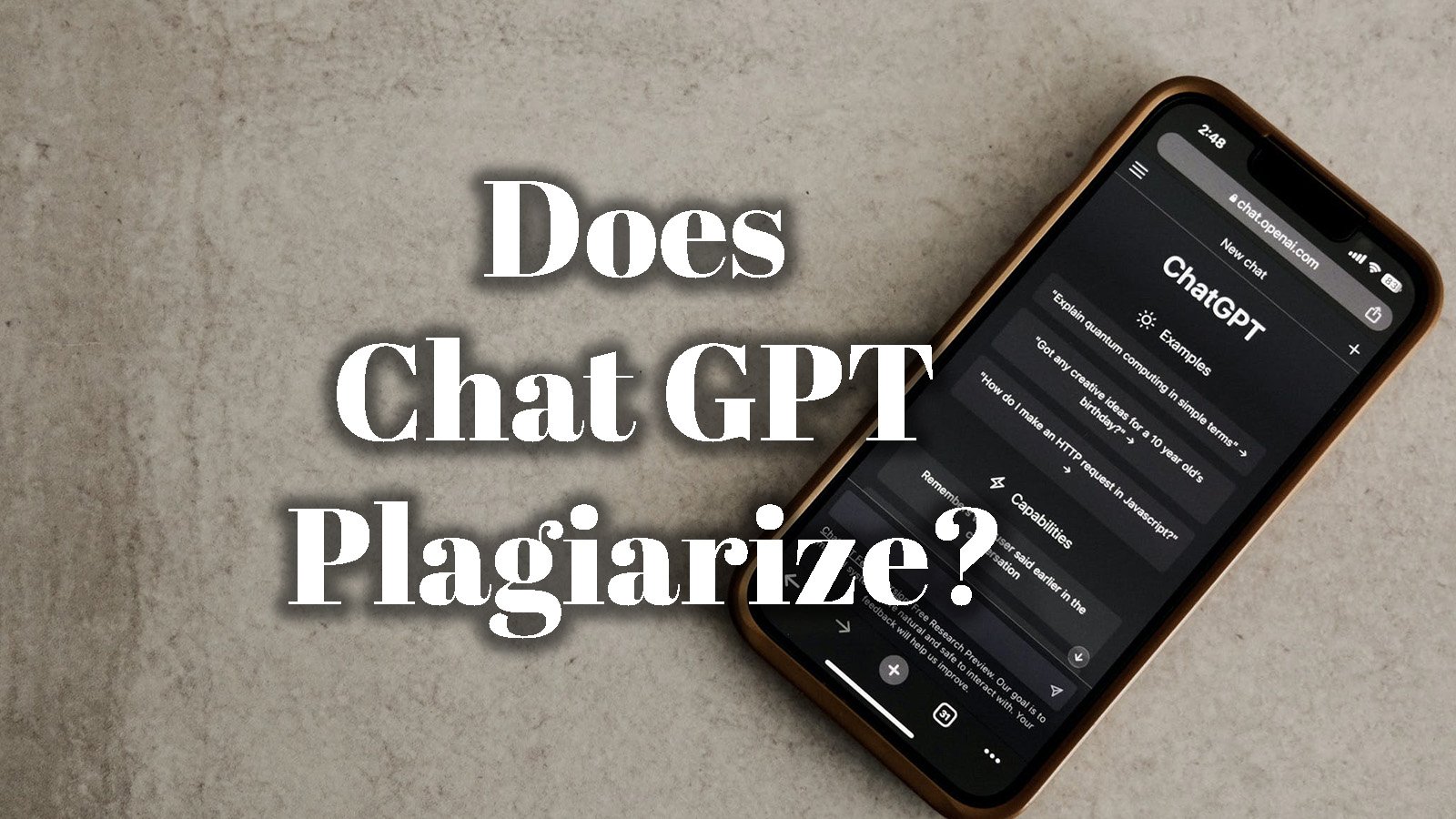
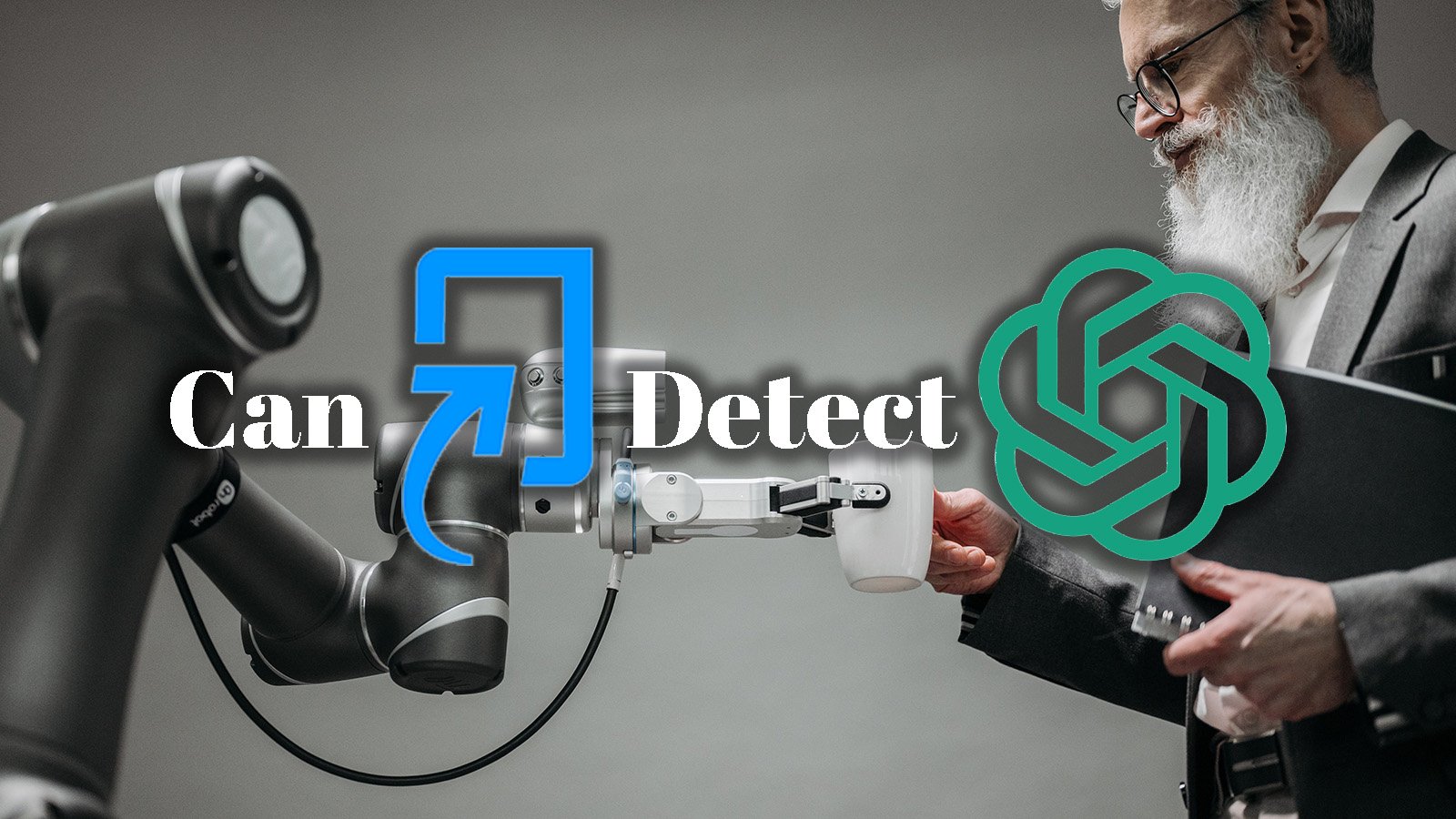
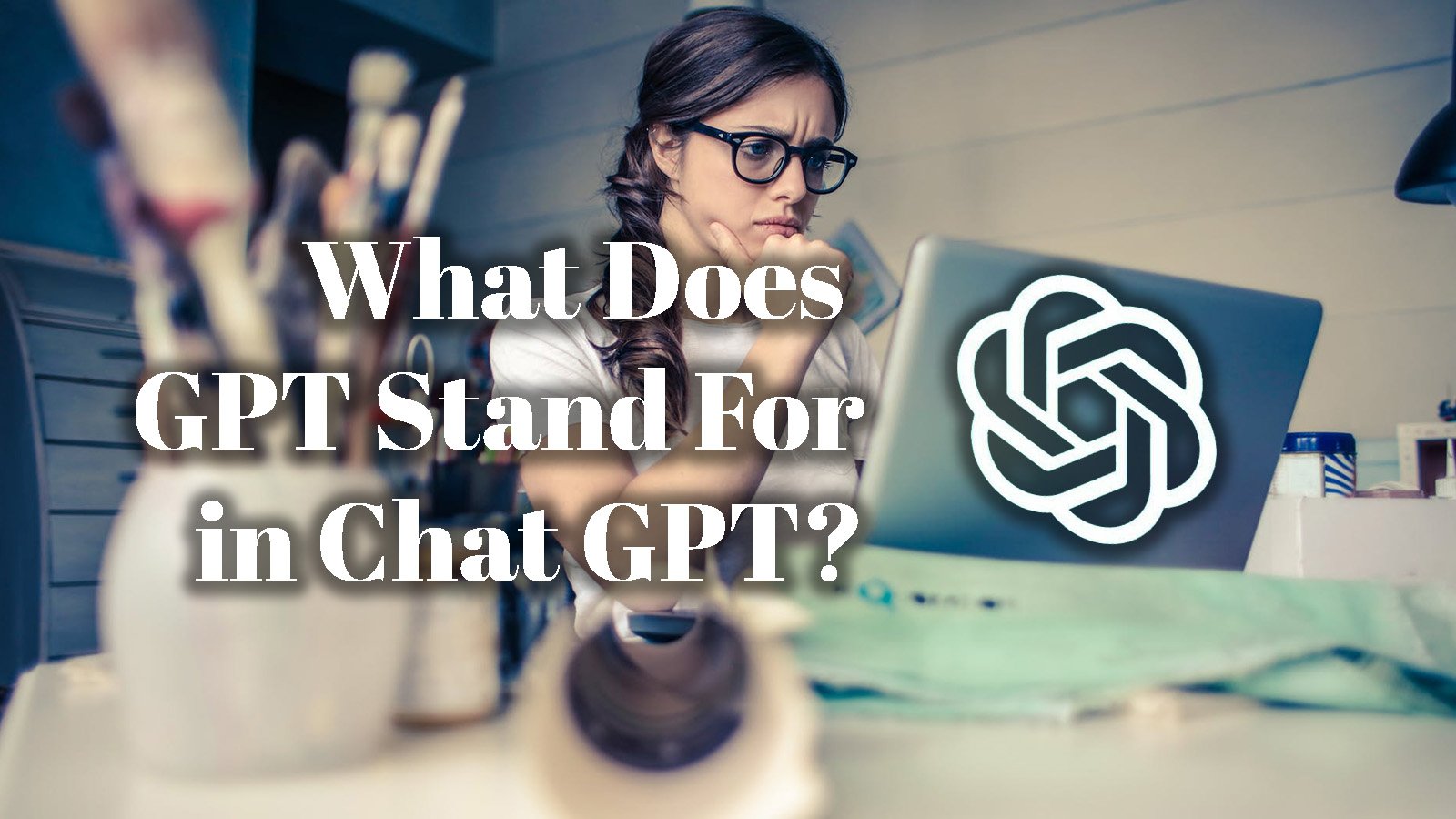
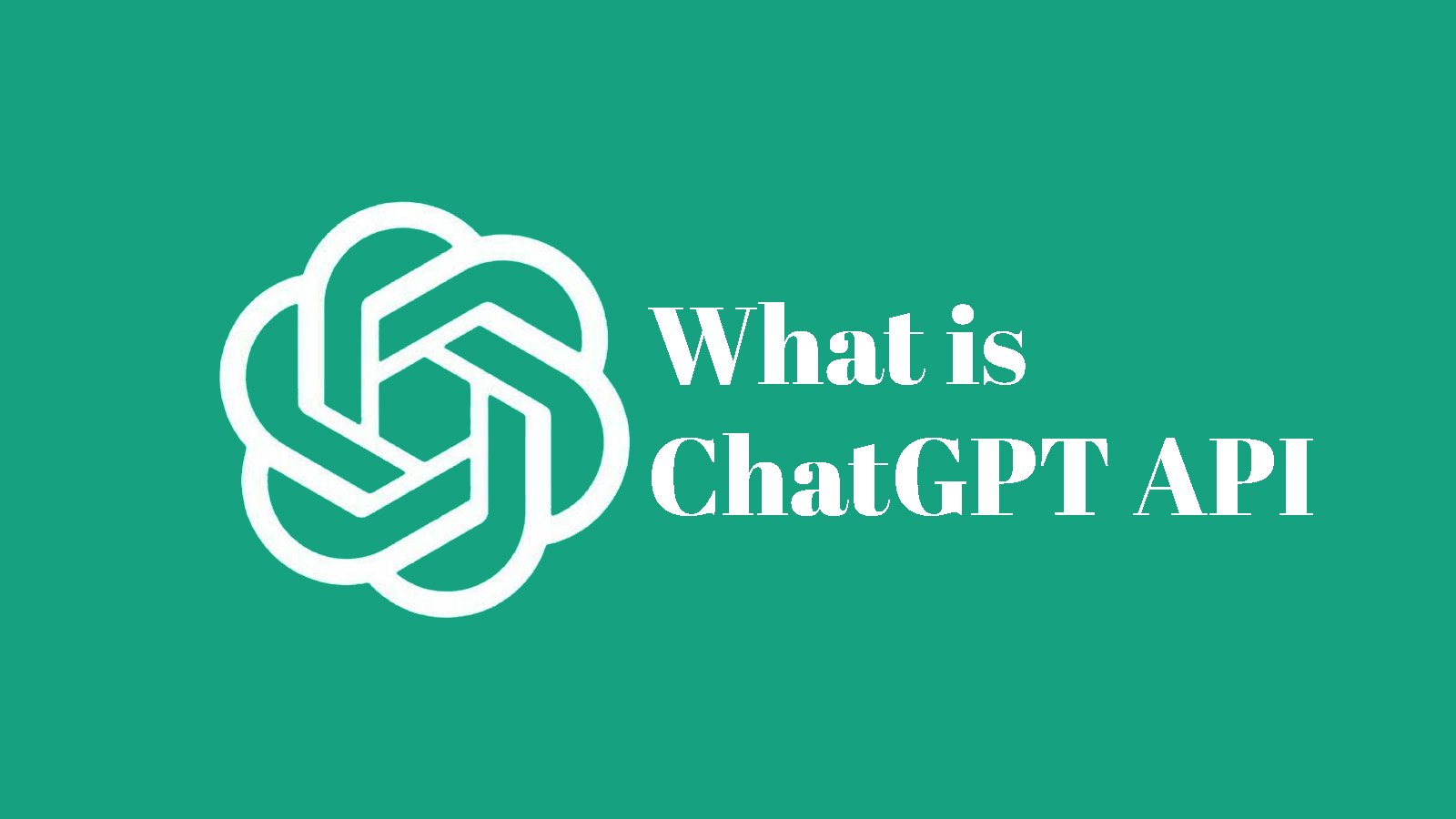
 A Journey Through Time: The Evolution of the Metaverse
A Journey Through Time: The Evolution of the Metaverse